Although most chefs and nutrition experts aren't big proponents of "nuking" food, there are inevitably those times when busy schedules, tight timelines and extreme cases of "hangriness" make the quickness and convenience of the microwave far more appealing than the traditional oven or stovetop. And for those preparing food in the workplace, a microwave is often their only option.
How Microwaves Work
According to the FDA, microwaves get their name from the electromagnetic waves they produce, which cause vibrations in the water molecules of food, which then raises the temperature of the food. The waves are reflected inside the appliance, and are strong enough to travel through various materials, such as glass, plastic and paper. The FDA notes that "microwaves are a kind of non-ionizing radiation...they do not have the same risks as x-rays or other types of ionizing radiation."
What Foods Can (and Can't) Be Microwaved?
The appliance works better for some foods than others. Ken Immer of Culinary Health Solutions says veggies steam well in the microwave—particularly the harder ones, like broccoli, corn, peas, carrots, cauliflower, potatoes and sweet potatoes. "With veggies, it's best to cook them just until they almost lose their crunch, and not until they're mushy," he says. "When they are cooked too long, many of the vital nutrients can be lost." Immer adds that grains like brown rice, quinoa, barley and oatmeal can also be steamed, and potatoes do especially well because it's almost impossible to overcook them.
Registered dietitian Mandy Enright of Nutrition Nuptials uses the microwave to make scrambled eggs. "Simply mix one or two eggs with a splash of milk and microwave for one to two minutes," she suggests. "Add some leftover veggies and you have a simple, complete breakfast in minutes." (Just be sure to lightly cover the container you're using to cook in or you'll get egg everywhere.)
Immer says proteins like meats and fish don't do as well in the microwave because they often taste best when they are browned during cooking. "When cooking meats, you want to keep juices in and not cause them to evaporate via steam, so microwaving tends to dry them out," he warns. If you must microwave meats, Immer says better results are usually achieved with fattier types, such as bacon or ground chuck, or a fatty fish like salmon that does well when poached or steamed.
Defrosting With the Microwave
For those nights when you get home from a long day at work only to find that you forgot to remove the meat from the freezer for dinner, the microwave can save the day with its defrost function. If yours doesn't have a defrost mode, simply switch over to 50 percent power and keep a close eye on your items to make sure the edges don't cook while the center is still frozen.
If you are defrosting something like beef stew or another meat that is already cut into chunks, be sure to separate them to ensure that the air circulates and thaws everything equally. Always be ready to cook your defrosted meat as soon as it thaws. After that, it's safe to re-freeze cooked food as you normally would.
Microwave Safety and Usage Tips
- Use only microwave-safe containers. The FDA recommends avoiding metal or aluminum, and sticking to glass, ceramic and microwave-safe plastic. Any plastic containers that are not marked as microwave-safe could potentially melt into the food.
- Use a paper towel or non-coated paper plate to cover food instead of plastic wrap, as the plastic could melt into the food.
- To prevent burns, the National Institutes of Health says to always use oven mitts when taking hot items out of the microwave, and to take caution when removing a lid or covering from the food. Let food stand for a few moments after cooking.
- Cut food into evenly sized pieces before microwaving to ensure even cooking.
- To preserve nutrients, Immer recommends using a lower, more gentle power setting (50 to 60 percent).
- The FDA warns about "super-heated" water, which is when water is heated above boiling temperature. This can cause the water to spill or "explode" out of the container and cause serious burns. This can be avoided by adding whatever you are combining with the water, such as coffee or sugar, prior to heating.
- Make sure your microwave has no damage to the door, seals or latch, which could cause radiation leakage. The door should always shut firmly and completely, and show no signs of warping, gaps or distortion.
- When microwaving a container with a lid, be sure to vent the lid to prevent the food from "exploding."
8 Microwave-Friendly Recipes
Single-Serve Microwave Granola: In just four minutes, you'll have the perfect portion for a granola yogurt parfait.

Image courtesy of Amy's Healthy Baking
Perfect Microwave Banana Oatmeal: Enjoy a hot, hearty breakfast without having to wash a single pot or pan.
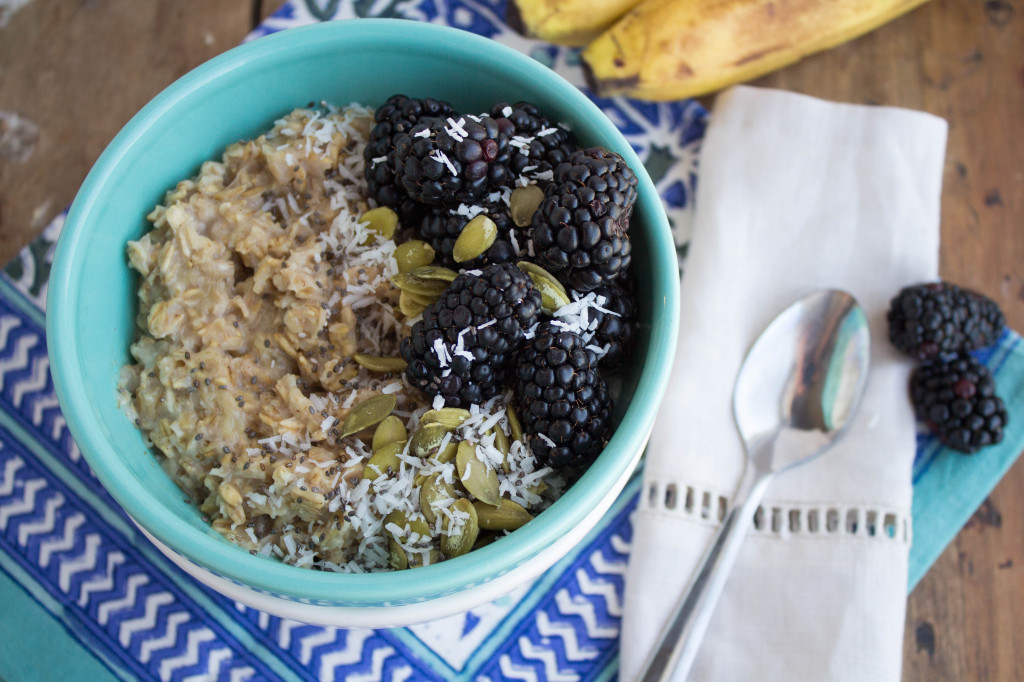
Image courtesy of Fannetastic Food
Ground Turkey Microwave Meatloaf: Enjoy a hearty, high-protein dinner, even when time is in short supply.

Vanilla Cake Mug Muffin: Made with coconut and tigernut flours, plus a monk fruit sweetener, this is a perfect sugar-free, grain-free five-minute breakfast or snack.
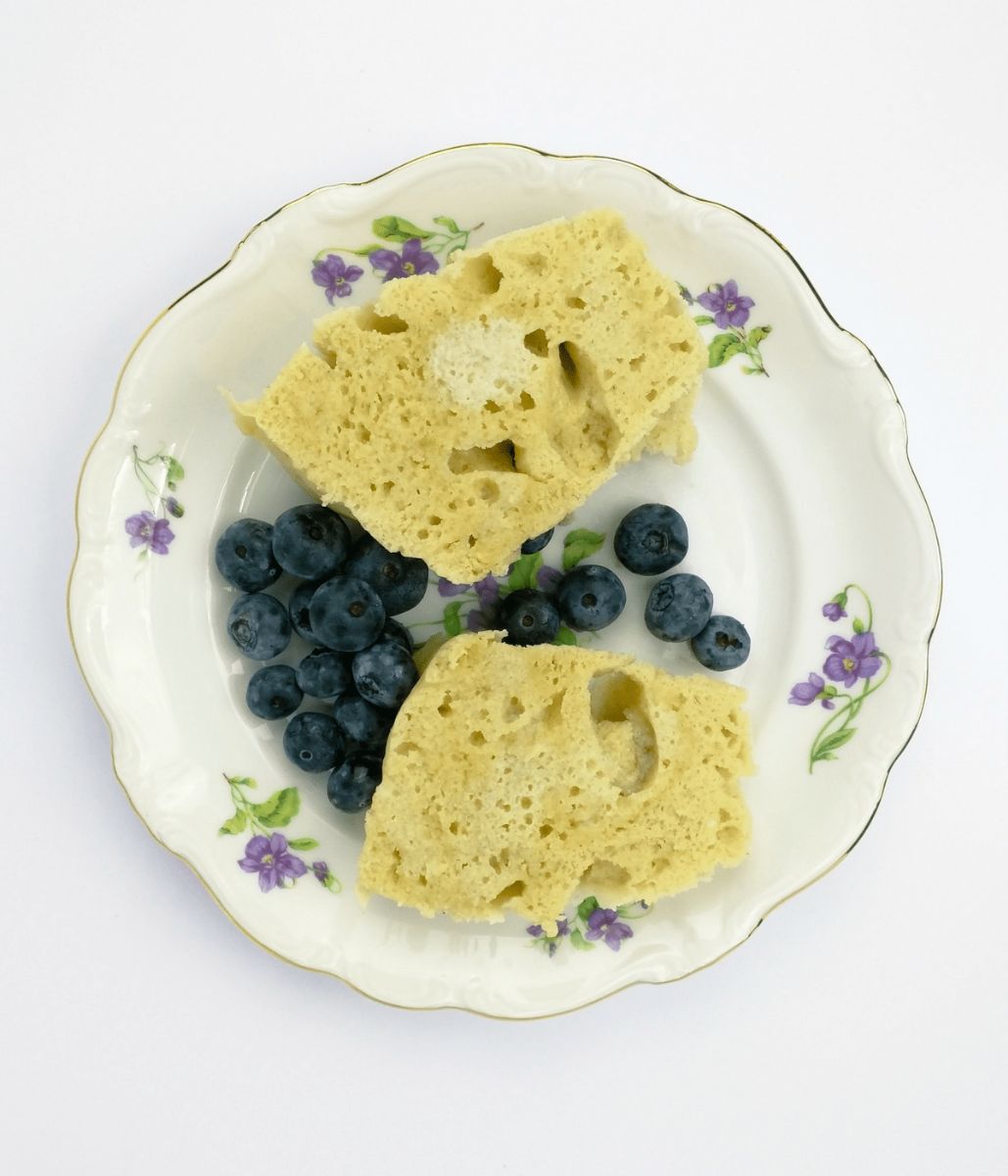
Image courtesy of Lectin-Free Mama
Microwave Veggie Omelet: Use your favorite veggies for a healthy, energy-boosting start to the day.

Microwave Baked Potatoes: Enjoy fluffy, tender potatoes in just 10 minutes—simply add your favorite toppings.

Image courtesy of Family Food on the Table
Microwave Herb Potato Chips: When you're craving something crunchy but don't want the added fat, whip up a batch of these chips.
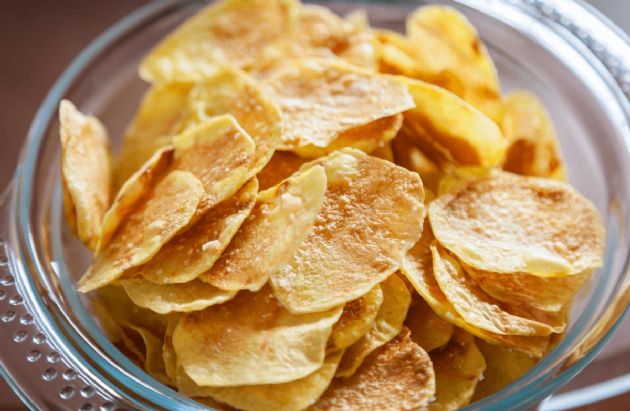
Flourless English Muffin: Made with no yeast, oil or flour, this two-minute microwave muffin will satisfy your bread cravings with a healthy twist.
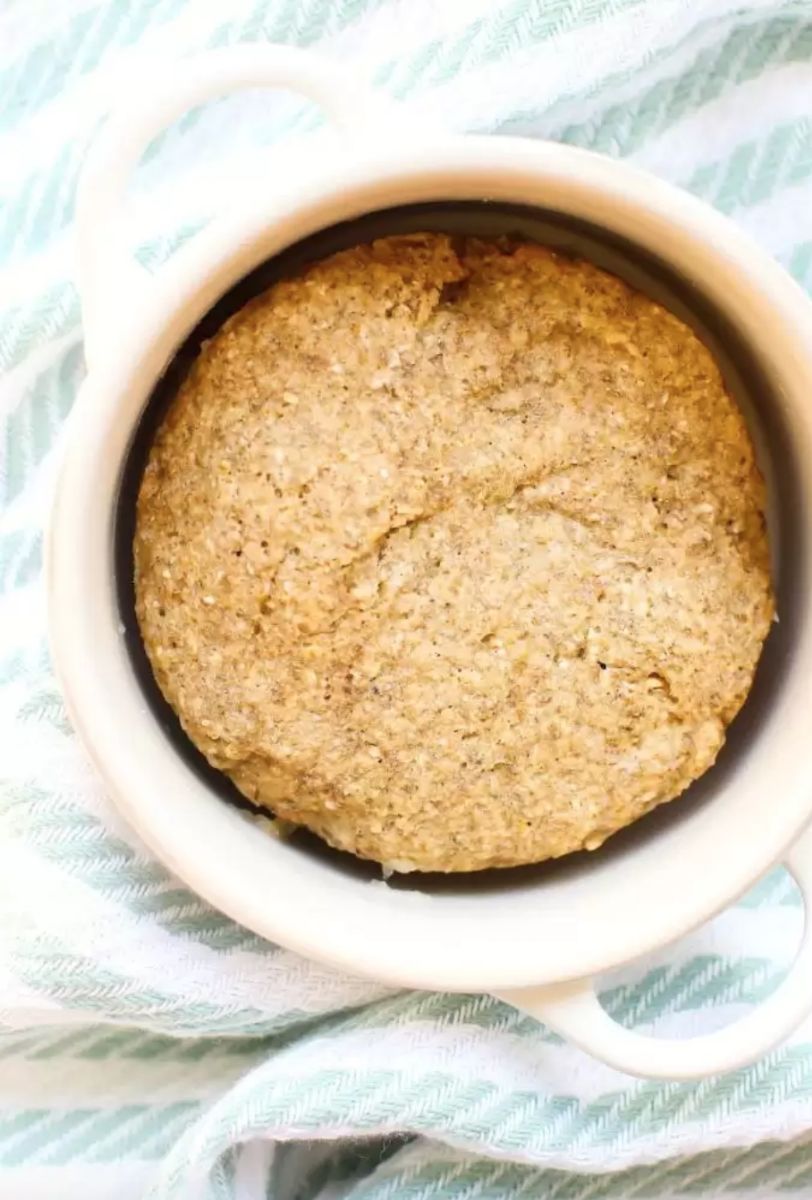
Image courtesy of The Big Man's World
Do you use a microwave? What are your favorite foods to prepare in it?












.png)

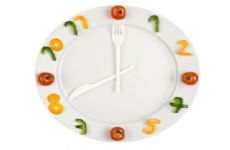
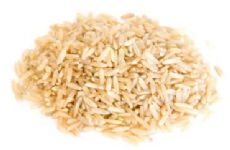












.jpg)
